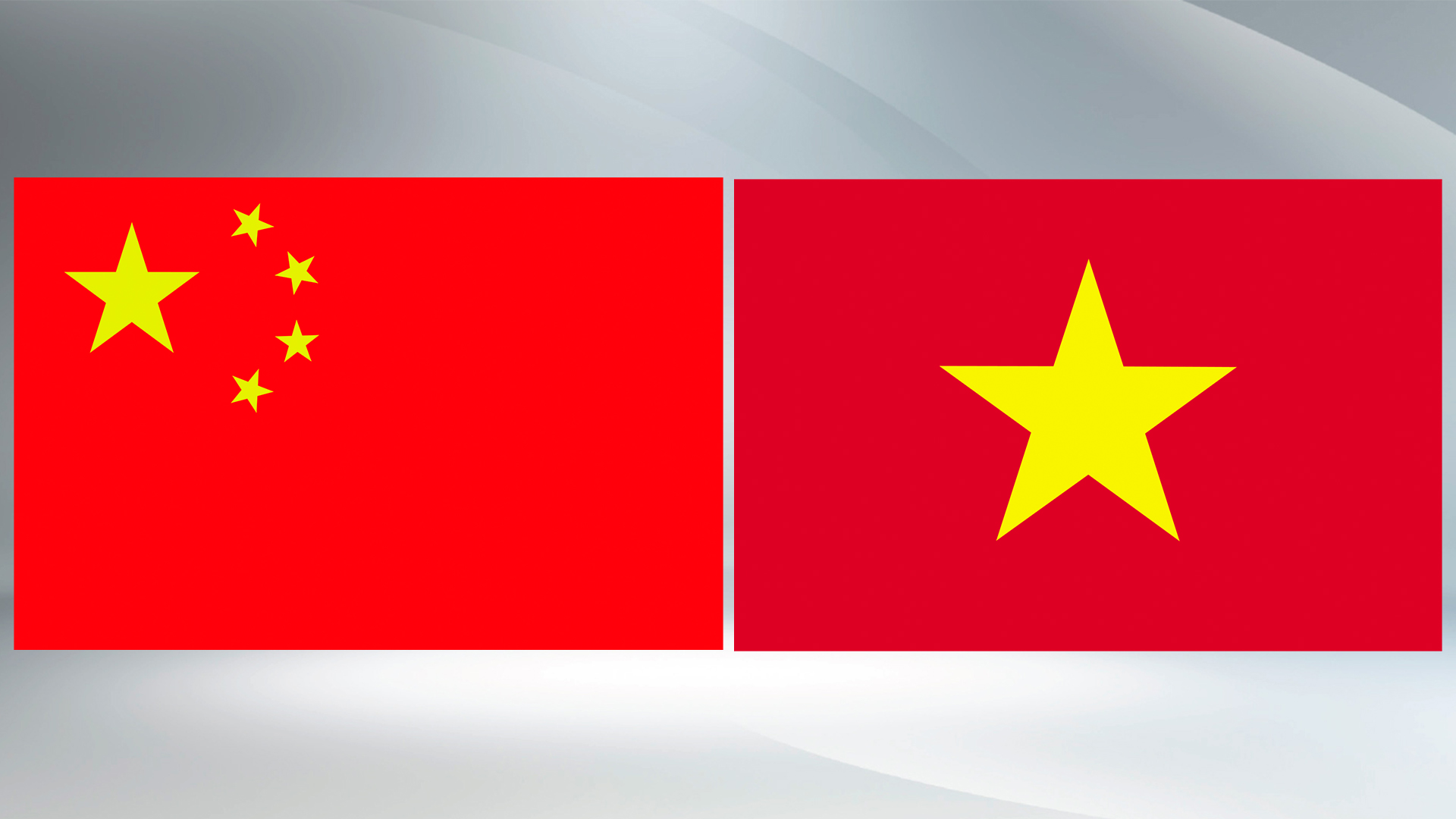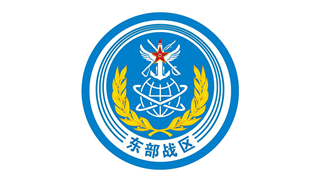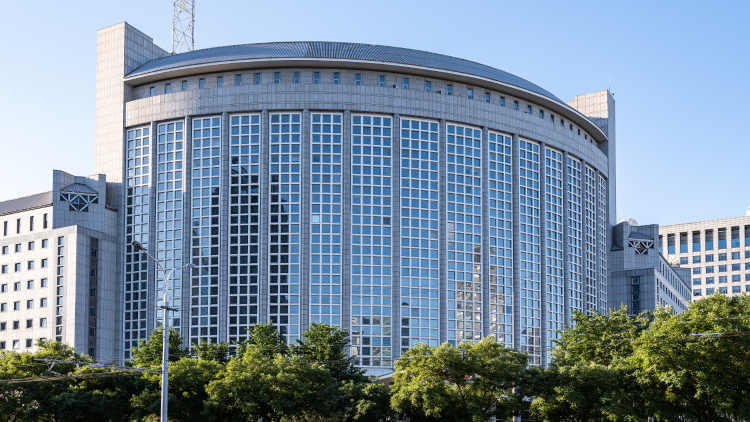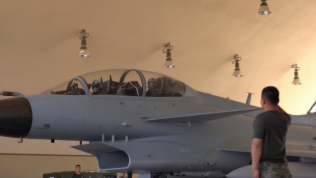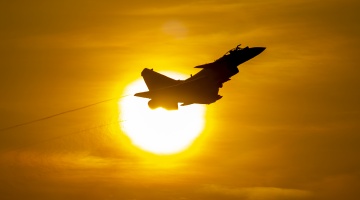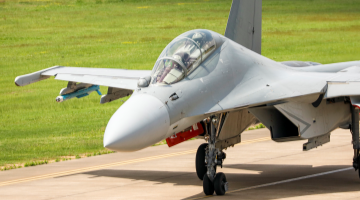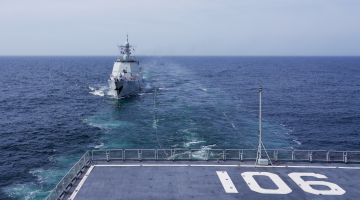By Hu Bo
US Secretary of State Blinken and Defense Minister Austin recently held the Australia-U.S. Ministerial Consultations with visiting Australian Foreign Minister Penny Wong, Deputy Prime Minister and Minister for Defense Richard Marles. The joint statement released after the meeting said the two countries will strengthen defense cooperation, including supporting the upgrading of Australian military bases and stationing more American troops in Australia.
America's support for Australia's military base construction and upgrading already caught much attention before. In June this year, the US Navy issued an invitation for bids for the construction of military base infrastructure in the Indo-Pacific region, in which Australia's overseas territory in the Indian Ocean, the Cocos Islands, and the Philippines, Timor Leste, and Papua New Guinea were all on the construction list of America's Pacific Deterrence Initiative (PDI), which is aimed to reinforce America's forces and infrastructure in the region to stand against China.
The Cocos Islands cover a total area of 14.2 square kilometers, on which only the West Island and the Home Island are inhabited with a total population of about 600. Located about 3,000km to the northwest of the western Australian city of Berth, the archipelago is not suitable for hosting large-scale bases. Because of its ecological fragility and long distance from the Australian homeland, the archipelago holds only limited bearing capacity. It may be able to host a surveillance station at best.
Cocos Islands have had no name in the military competition and strategic game among major countries in history and have never been used as a military stronghold either in the colonial days or during the two World Wars. Its so-called strategic significance has stayed on paper only. The US military's proposal to turn it into a military base at this juncture well mirrors its anxiety and hot-headedness compressed in its attempts to win the competition with China.
Yet such a ridiculously exaggerated narrativecan politically support the US military, against the current background of growing China-US tension. Anything helpful for containing China, even just theoretically, would find attentive ears in the Pentagon. To have troops on the first and second island chain and on key surrounding islands and to establish a blocking network around China and curb its rise on the sea – such a strategic vision is too tempting to resist. Therefore, the US military has begun to look for new forward pivots in addition to reinforcing its existing bases in the "Indo-Pacific".
Driven by its obsession with "major-country competition" and "absolute security", the US has been advocating competition against China in Southeast Asia, South Asia, and South Pacific, trying to turn almost all suitable islands into its forward fortresses. Unlike its current military bases in Japan, ROK and Australia, the new potential military pivots, which seem strategically important, are characterized by poor infrastructure and weak self-reliance and self-sustainment. They would require massive and sustained investment – which is too much even for the deep-pocketed Pentagon – before they can play the expected strategic role. Compared with the astronomical amount of investment, the small budget of PDI is at best just an appetizer.
There is something more fundamental. The US military doesn't lack bases around the world. In fact, it has a lot of them, especially in the West Pacific. Moreover, it is economically and socially expensive to keep these overseas bases running, many of which could hardly be sustained without the host countries sharing some of the cost. However, with the expected new bases, the US military won't get much support and cost-sharing from the host localities. Instead, it will have to provide economic assistance to them in order to build the bases.
The strategic and military competition against China waged by the US is increasingly becoming a competition in "cost and efficiency", which means whoever can make more efficient and cost-effective use of the limited resources will come out as the winner. Building a military base on the remote Cocos Islands is obviously neither cost-effective nor efficient, but the US military is eager to find new forward pivots for political correctness and strategic fanfare. If it keeps going on this path, no amount of military bases will ease its strategic anxiety, despite its world-topping budget.
(The author is the director of the South China Sea Strategic Situation Probing Initiative, SCSPI)
Editor's note: Originally published on huanqiu.com, this article is translated from Chinese into English and edited by the China Military Online. The information and opinions in this article do not necessarily reflect the views of eng.chinamil.com.cn.


